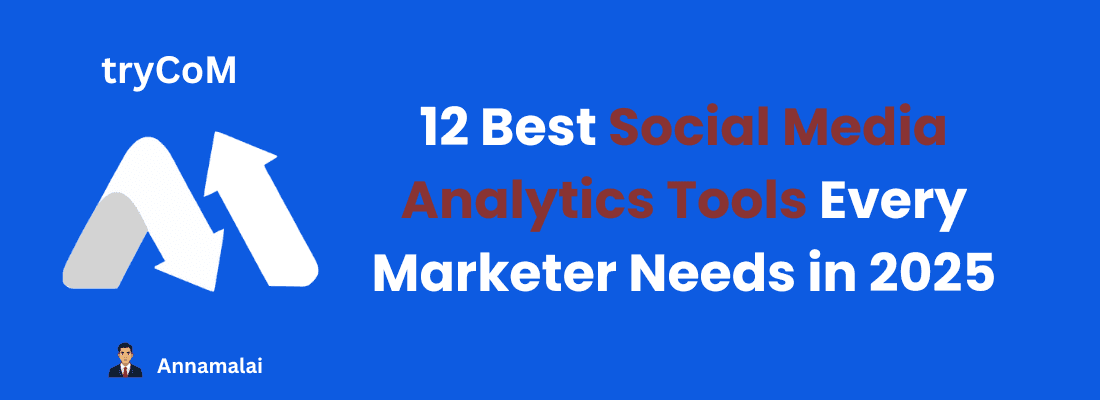Test Mardown, Table of contents
sd

sd
Introduction
In 2025, artificial intelligence has moved from being a marketing buzzword to a practical foundation of every brand’s digital strategy.
AI is not only optimizing ad spend but also helping businesses understand why campaigns succeed — not just when.
This blog explores how AI-driven marketing analytics is changing the game, what tools lead the space, and how marketers can prepare for the next evolution.
1. Why Traditional Marketing Analytics Is Fading
1.1 Limited Visibility Across Platforms
Traditional analytics tools focus on single-channel metrics — like Facebook Ads or Google Analytics alone.
This results in data silos that make it hard to connect performance across campaigns.
1.2 The Problem of Reactive Insights
Most teams analyze results after campaigns end.
AI changes that by predicting outcomes before spend happens, allowing real-time optimization.
2. How AI Transforms Marketing Analytics
2.1 Predictive Insights
AI models use historical data to forecast engagement, conversions, and customer churn.
This enables proactive budget allocation and audience targeting.
Example formula:
Predicted ROI = ((Expected Revenue − Projected Cost) ÷ Projected Cost) × 100
This formula gives marketing teams a forward-looking estimate of profitability.
2.2 Intelligent Audience Segmentation
Instead of static demographics, AI systems cluster users by behavioral signals —
how they scroll, interact, and convert — generating micro-segments for hyper-personalized messaging.
Benefits:
Dynamic personalization
Real-time targeting
Improved conversion rates
3. AI Tools Redefining Marketing Analytics
3.1 Google’s Performance Max
Automates ad placements across Google’s ecosystem
Uses deep learning to predict best-performing asset combinations
Connects audience signals with purchase intent
3.2 tryCoM AI
Unlike standalone analytics tools, tryCoM AI merges data from:
Facebook Insights
Google Ads
YouTube Studio
Google Analytics
It visualizes these insights in a unified dashboard, letting marketers correlate engagement → traffic → revenue seamlessly.
3.3 ChatGPT Analytics Assistants
The integration of GPT-powered assistants within dashboards allows marketers to ask questions like:
“What caused engagement to drop last week?”
and receive answers backed by both metrics and context.
Conclusion
AI-powered marketing analytics isn’t replacing marketers — it’s amplifying them.
Those who adopt early will move from reporting metrics to driving outcomes.
As predictive analytics becomes mainstream, platforms like tryCoM AI are setting the tone for how modern marketers connect data, creativity, and strategy into one intelligent ecosystem.